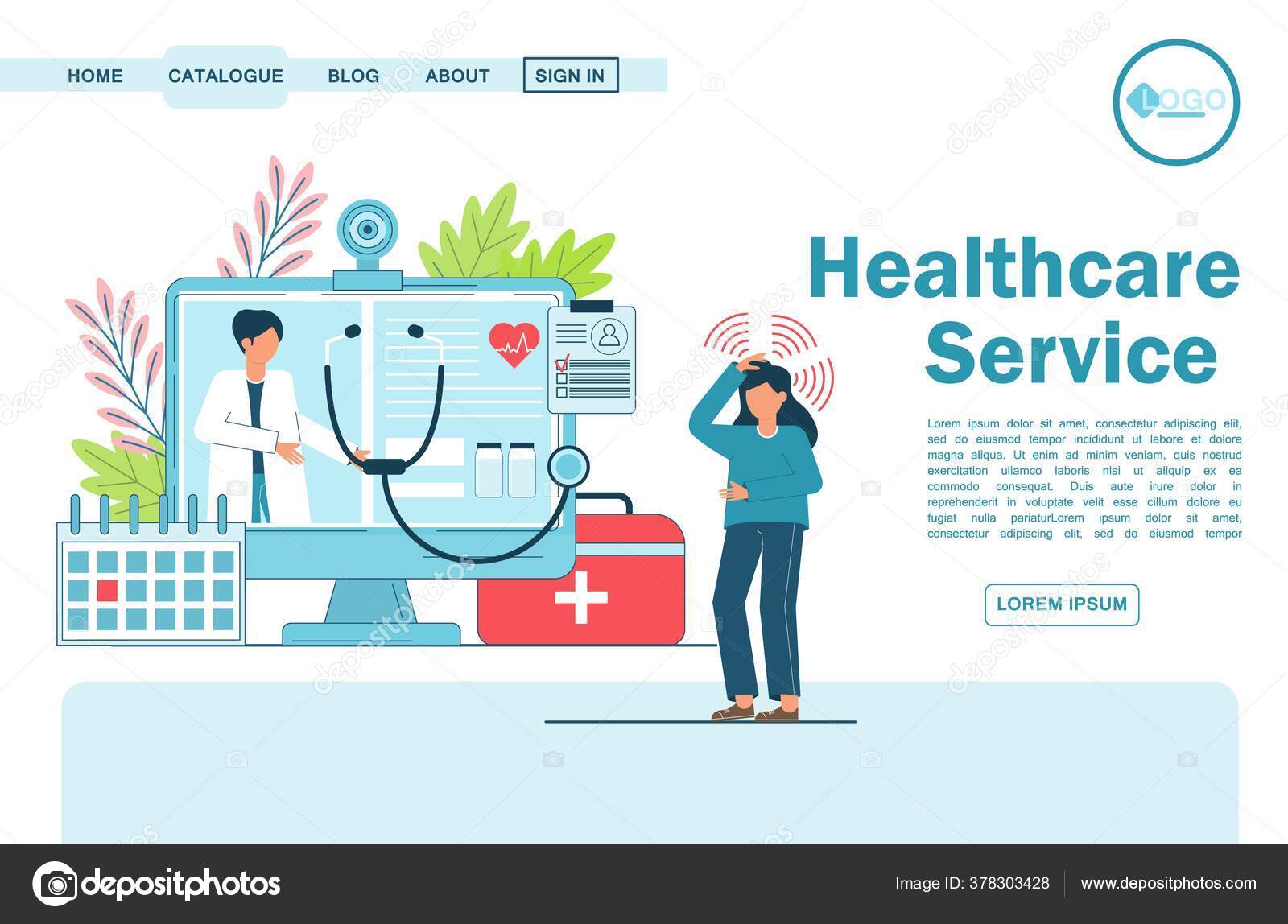Comprehending the Cost-Effectiveness of Subscription-Based Health Care Designs
As the medical care landscape develops, subscription-based designs become an engaging alternative, assuring to redefine exactly how individuals manage clinical expenses. Evaluating these models' cost-effectiveness demands a nuanced contrast with standard insurance policy, taking into consideration both financial implications and client complete satisfaction. While they supply transparency and predictability in prices, questions remain about their ability to fulfill varied healthcare demands, especially for specialized therapies. The viewpoints of healthcare providers additionally complicate this formula, providing a multifaceted challenge. What does the future hold for these models, and can they absolutely provide on their pledge of accessible, affordable care?
Introduction of Subscription-Based Designs
Subscription-based healthcare versions, sometimes referred to as direct primary care or concierge medicine, are progressively gaining focus as a possible option to inadequacies within traditional health care systems. These designs operate the concept of offering individuals direct access to health care carriers through a annual or regular monthly fee, bypassing the demand for typical insurance mechanisms. This plan intends to streamline patient-provider communications by decreasing management burdens, which often hinder timely and customized treatment.
At the core of subscription-based versions is the focus on a more individualized person experience. Clients gain from improved accessibility to their doctors, typically including next-day or same-day appointments, extended examination times, and direct communication channels such as phone or video clip telephone calls. This model fosters a proactive strategy to medical care, where individuals and companies can collaboratively focus on preventative care and persistent illness administration.

Cost Contrast With Standard Insurance Coverage

One of the primary economic advantages of membership designs is transparency in expenses. Patients pay a predictable cost, which can simplify budgeting and financial preparation. In addition, these designs normally eliminate co-pays and deductibles for protected solutions, lowering out-of-pocket costs. On the other hand, standard insurance might be more helpful for individuals needing specialized care or costly therapies not covered under a subscription design, as they profit from the broader coverage network and cost-sharing systems.
However, cost-effectiveness is context-dependent. While membership models could provide financial savings for those primarily needing medical care, people with persistent conditions or specialized health care demands could discover typical insurance policy more extensive. Reviewing details health care requirements and possible usage is essential in figuring out the most cost-effective option for individuals.
Impact on Client Complete Satisfaction
Patient contentment within subscription-based health care versions typically mirrors a considerable renovation over conventional insurance policy systems. This enhancement is largely connected to the customized care and access these designs supply. Individuals regularly report higher complete satisfaction as a result of reduced delay times and the convenience of scheduling consultations. Unlike conventional systems, where people could experience delays in receiving treatment, subscription-based models make certain even more straight and prompt communications with doctor.
In addition, the openness in costs linked with subscription-based healthcare relieves the common disappointments connected to unanticipated costs and complex billing processes seen in standard insurance policy (subscription based healthcare). People appreciate recognizing the precise economic commitment upfront, bring about boosted depend on and self-confidence in their medical care management
Additionally, the focus on preventive care and health in membership models adds to improved health end results, even more improving individual complete satisfaction. By concentrating on ongoing health care instead than episodic treatment, patients experience a more continuous and alternative health care journey.
Additionally, the improved provider-patient connection promoted in these models, identified by more time invested per client and tailored attention, plays a vital function in elevating patient complete satisfaction levels, as patients feel genuinely looked after and understood.
Provider Viewpoints and Experiences
From the provider's perspective, subscription-based medical care models offer a transformative strategy to supplying clinical solutions. These designs highlight a proactive and preventative health care strategy, permitting carriers to focus on comprehensive person care without the restraints of standard fee-for-service setups (subscription based healthcare). This shift in focus often leads to improved person results and increased provider complete satisfaction, as medical care specialists can allocate even more time and sources to person engagement and customized care plans
In addition, registration models promote predictable profits streams, which boost economic security for health care carriers. This predictability More hints enables enhanced source planning and allotment, contributing to a much more efficient health care shipment system. Carriers can purchase team facilities, training, and technology enhancements, thereby boosting the high quality of treatment offered.
Nonetheless, the change to subscription-based versions is not without difficulties. In spite of these difficulties, many suppliers locate that the advantages of boosted individual communication and structured operations surpass the initial obstacles, making subscription-based versions an appealing choice.
Future Prospects and Obstacles

A primary difficulty is regulative conformity, as registration designs need to abide by advancing medical care plans and insurance demands. This requires continual adjustment and innovation to guarantee alignment with lawful requirements. Furthermore, incorporating these models into existing medical care frameworks can be complex, requiring considerable investments in modern technology and training.
There is additionally the potential threat of developing injustices in health care access, as subscription versions could favor those who can afford them, leaving at risk populaces underserved. Resolving this calls for thoughtful factor to consider of rates approaches and subsidy mechanisms to guarantee inclusivity.
Final Thought
Subscription-based healthcare designs present a sensible option to conventional insurance by supplying economic predictability and transparency, specifically profiting people with persistent conditions or constant health care requirements. The cost-effectiveness of these designs is contingent upon specific medical care usage patterns and scenarios. While they might enhance person fulfillment and improve budgeting, obstacles continue to be in addressing specialized treatment requirements. Future factors to see this consider consist of stabilizing comprehensive protection with cost and incorporating these versions within the more comprehensive health care system for optimum results.
Subscription-based healthcare versions, occasionally referred to as straight primary treatment or attendant medication, are increasingly getting focus as a potential service to inefficiencies within conventional healthcare systems. Unlike typical systems, where individuals may experience hold-ups in getting care, subscription-based versions make certain more prompt and direct interactions with health care service providers.
These designs highlight a positive and preventative health care approach, enabling companies to focus on detailed patient care without the restraints of conventional fee-for-service setups. As these models proceed to gain grip, they offer the potential to revolutionize client accessibility to care, simplify service distribution, and maximize health care costs.Subscription-based healthcare versions provide a practical alternative to typical insurance coverage by offering financial predictability and transparency, particularly benefiting individuals with chronic conditions or regular health care requirements.